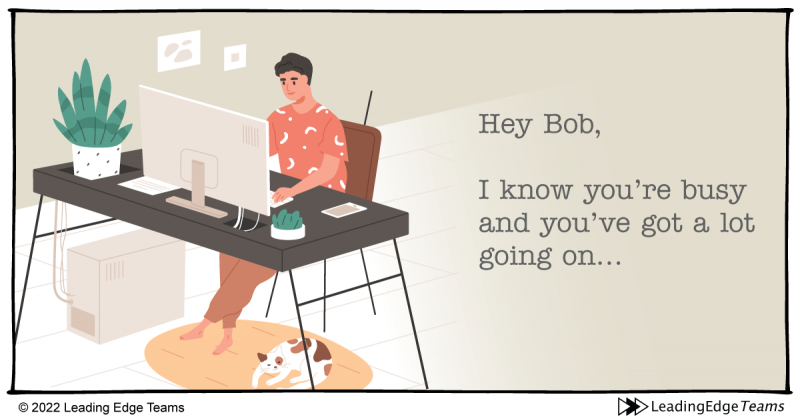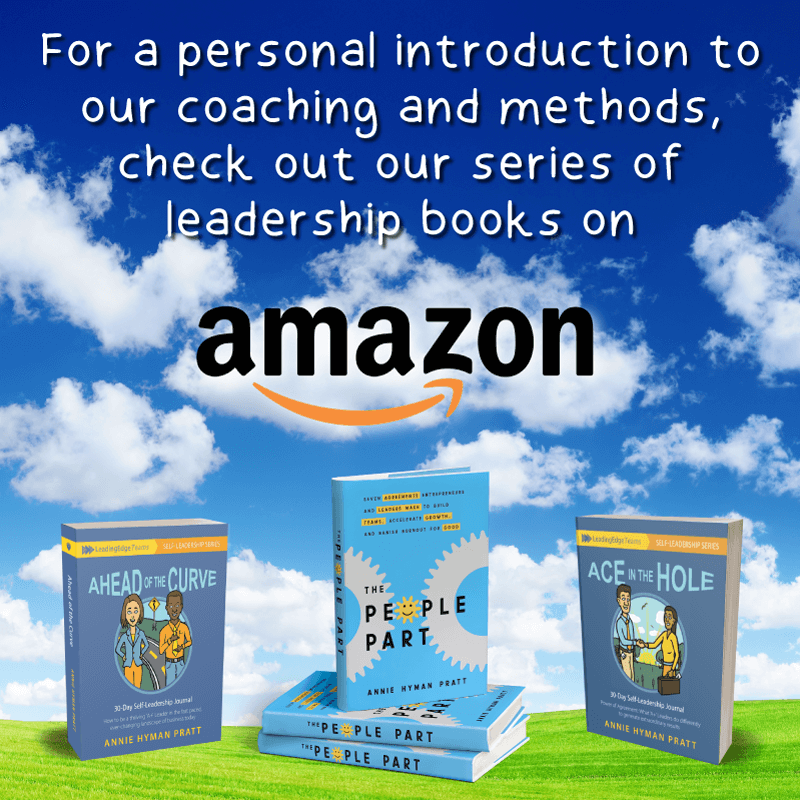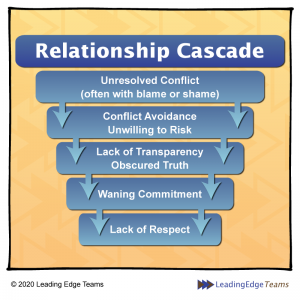In today's business climate, I find myself asking, “Is it time to change your approach?”
Entrepreneurial CEOs are used to jumping in and rolling up their sleeves to keep things moving forward to get results. That is why I am sure you won’t be surprised to hear that I recently worked with a client who, like many of you, is used to doing whatever it takes to achieve outcomes without thinking much about the how—that’s the nature of many entrepreneurial leaders and CEOs.
New Stages of Business
But what happens when that is no longer working and that “do whatever it takes to get it done” attitude may actually be counterproductive? When is it time to change your approach?

Business is complex and what got you to where you are now is not going to work as you move forward and into new stages of business. Sure, when it was just you and maybe one other person, that “jump in and do whatever it takes” mentality probably worked great and helped you hit your goals. But that won’t work when you have multiple teams and team members. You’ll need to change your approach to achieve your goals and business outcomes.
What Did Work, Doesn't
This particular client has had great success in the past with pushing forward and expecting things to happen. This was because that’s exactly what did happen—at the start of their business, it was easy to get clients because their industry was thriving.
But now in our current economic climate and across multiple industries, it is harder to get new projects and clients using the same tactics that worked in the past. This client and I worked together to see how his pushing forward and doing whatever it takes might be counterproductive to getting new opportunities and clients.
As we worked together, he began drafting an email to a potential connection that he’d known for years but had never actually given him any work. Because he was feeling the pressure to bring in more business and new projects, the email had a sense of urgency that didn’t feel at all supportive. It actually sounded kind of needy. His request was all about him. And I have total compassion because he was stressed about his bottomline. Being CEO is often painted so aspirationally that it can be easily missed that the role comes with a lot of risk.
That said, focusing on yourself does not build relationships or connections. And when you aren’t mindful of “The People Part” in business you miss the key to your ongoing success–make it about the results you can achieve together. Ask about the other person first, build connection and rapport. Building secure working relationships sets you up to have a long-term client.
Change Your Approach
So instead, I encouraged him to talk tentatively and to approach his request from a place of being of service. That involved writing it in a way where there wasn’t an expectation for an immediate response. We included phrases like, “I know you’re busy and you’ve got a lot going on…” and “Just reaching out to let you know we are looking for new projects, so if you have any or know anyone who might be looking…” rather than “Do you have any upcoming projects? Please respond soon…”
The difference between speaking tentatively without a sense of urgency and asking for an immediate response was a crucial turning point for my client.
As a result, this approach of speaking tentatively and being of service created a potential opening where there wasn’t one before. His long-time connection responded right away! Even though his connection didn’t have any current projects for my client, he agreed to keep him in mind for any future projects.
Collaboration
So when we show up in service of others, we choose to be anchored in a collaborative partnership rather than leading from a sense of urgency and immediate demand to get results. Thinking about how you want to show up and approaching the way you communicate from a supportive place is a powerful way to create an opening and connect. And that’s what “The People PartTM” is all about.
Set aside the urgency and focus on connection–a positive shift is sure to follow.
Warmly,
Annie










